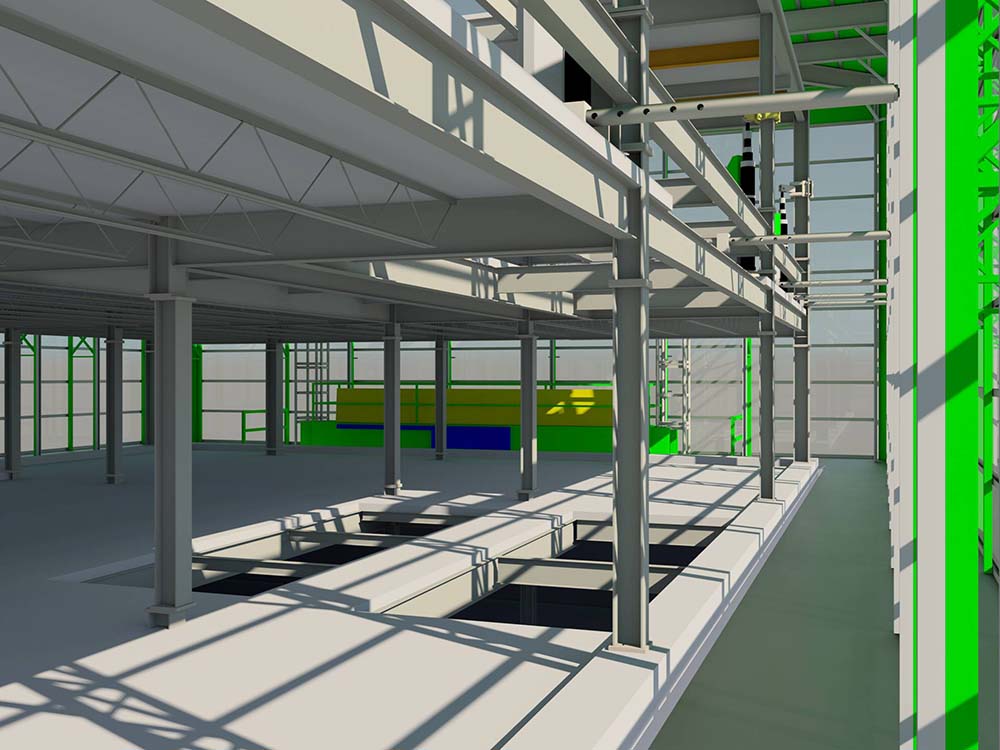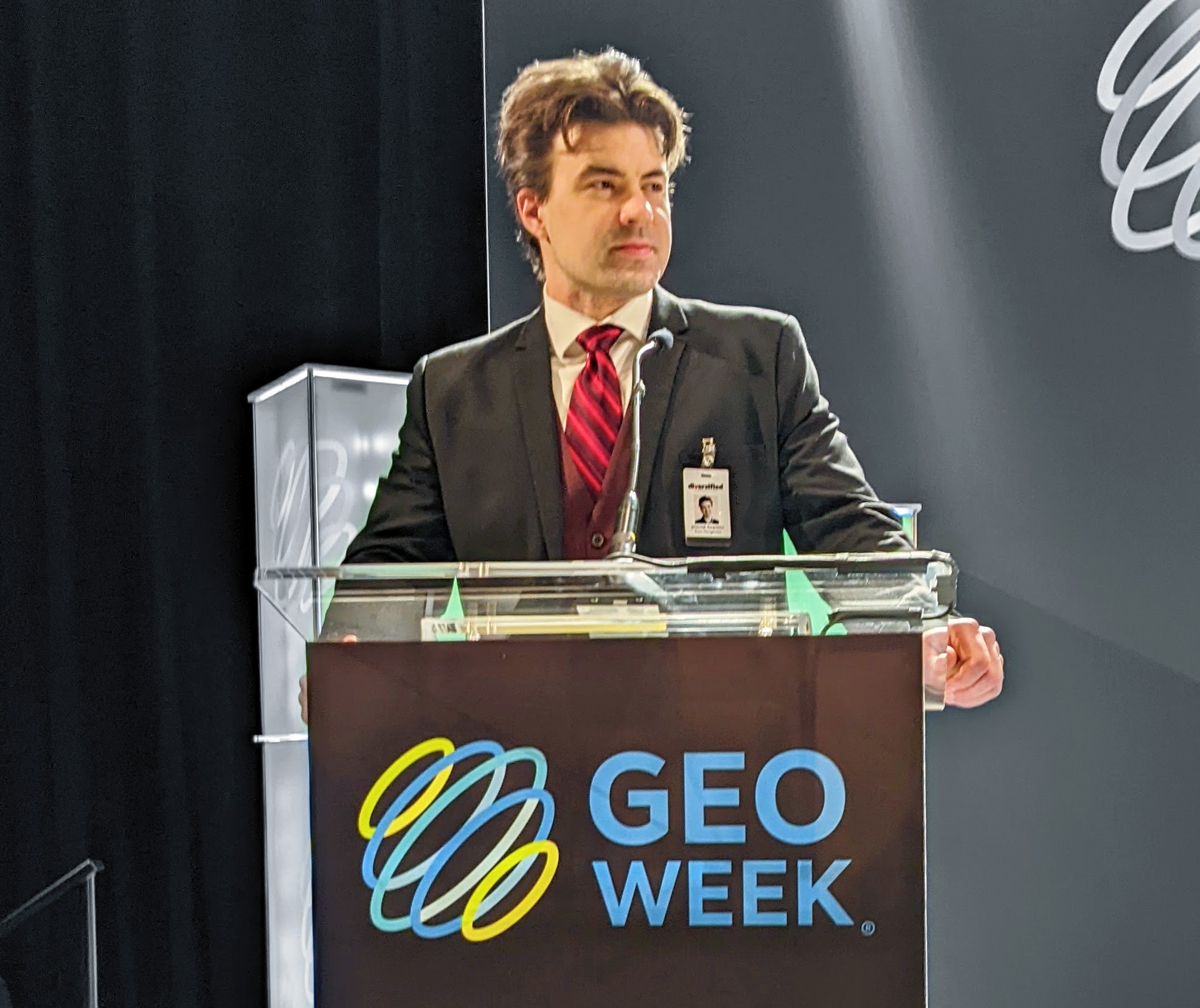How can you build a high rise without a tower crane? The people behind Upbrella Construction have answered that question by creating a weather protected ergonomic construction work site environment that features a multi-level tower construction work sequence to enable a continuous construction process.
The Upbrella solution actually sees the roof of the buildings constructed first, which is then raised by an integrated lifting system which allows for the creation of a construction area. This area is surrounded by a protective wall that is attached to the roof. The structure of the next floor is assembled at man’s height on the previous floor and is positioned using the adapted roof and its hoisting system. All of the work is done ergonomically, safely and productively in order to complete the floor subassembly prior to positioning it to its final height for its concrete pour.
“The way we look at it is that Upbrella provides the efficiencies of offsite modular construction, except it’s not a remote plant somewhere away, but we’re right on-site,” said Jacques Gauthier, VP Business Development at Upbrella. “Everyone bemoans the fact that the construction industry has about half of the productivity that we see in the manufacturing sector. That’s mostly because we’re building outside in environments that don’t provide for a safe and ergonomic worksite for the workers. Ultimately, the Upbrella solution is designed to address the productivity challenges that people throughout AEC have been talking about for years now.”
In addition to the physical challenges of the construction process, what also contributes to inefficiencies in AEC is the serial nature of construction projects –it’s still à ‘batch’ process with key construction activities for the most scheduled and planed serially. Sustainability issues also create inefficiencies in the space, and it’s why Upbrella is focused on the “greening” of high-rise construction by promoting the use of lighter hybrid structures using less concrete and steel for similar of better performance, reducing waste (temporary set-ups and energy) and enabling faster project delivery. It’s also proven to improve building quality and reduce project costs.
One of the reasons these costs are reduced is because the building components are assembled in a dry, humidity-controlled environment at man’s-height with the help of light industrial material handling equipment integrated into the Upbrella protective enclosure. That can lead to substantial savings on insurance premiums and potential claims on a project. The Upbrella solution also mitigates the three main type of claims in the insurance world: people falling, objects falling and non-quality issues.
“The main advantage that developers see and recognize is that we’re faster to deliver ready-to-occupy spaces” Gauthier told AEC Next News. “We can reduce the delivery by at least 20% for buildings of 12 storeys and more. It’s the way we compress the work sequence plus the fact that the worksite won’t stop or slow down because of weather conditions.’’
This difference can also be seen when it comes to the serial nature of construction projects. With the Upbrella solution, the first floors of a project are available for occupancy twice as fast as conventional building methods while construction is still on-going. The Upbrella solution can be used to segment a building into different ‘occupancy phases’ that can be occupied and earn revenues, while the rest of the building floors are being assembled and fitted-out built. It’s a “just-in-time occupancy” model on a floor-by-floor basis.
“It’s also a more natural way to build than the traditional methodology,” Gauthier said. “All structural and shells work are done within a fully protected and ergonomic work environment. Trades can work without interruption as the building is being assembled. And we can do it for 10 floors just as easily as 20 or 40 floors or more. What we’re constructing ultimately isn’t about height, it’s related to this process that enables quality, efficiency and worker safety.”
Thanks to these efficiencies, developers have started to embrace the solution for new buildings. It’s also being utilized on existing structure to monetize air rights and for small lots or infills in dense urban cores. The advantages there are related to ensuring that the environment around the building site such as traffic, pedestrian access, etc. isn’t disrupted.
By creating an on-site pre-fabrication assembly construction technology platform featuring modern and readily available material handling tools, Upbrella is looking to change how high-rise buildings are assembled. It could change expectations around the process associated with the construction of a high-rise building, and help ignite the construction revolution that addresses the inefficiencies in AEC that so many have talked about for years now.
To learn more about Upbrella, click here.







